The Major Deserts Of South America
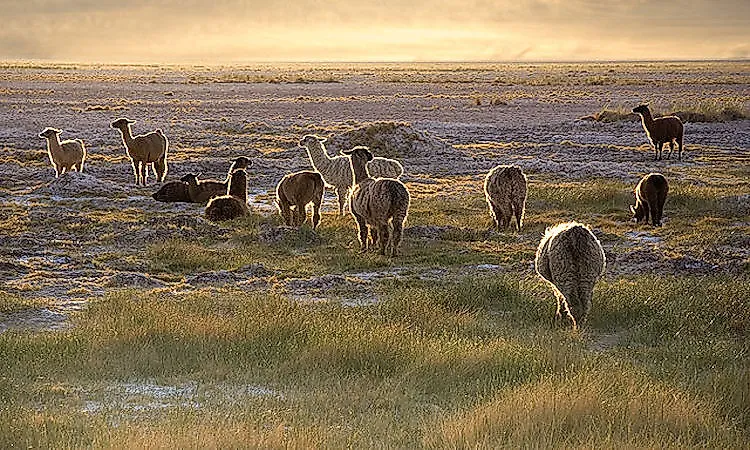
5. La Guajira Desert
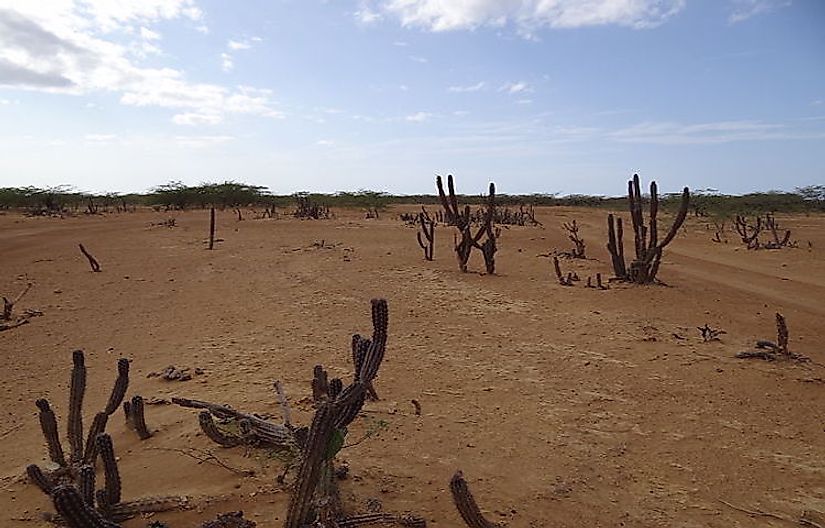
The La Guajira Desert is located in Colombia’s northernmost part, about 1,100 km north of Bogota. The desert occupies most of the La Guajira Peninsula including some sections of Venezuelan territory. The region is rich in coal reserves and coal is mined in the El Cerrejon zone. The National Natural Park of Macuira is also located within the limits of the La Guajira Desert and represents a tropical oasis. A variety of desert flora and fauna inhabit the La Guajira Desert. The Wayuu people, an indigenous group of herders, also live in the desert habitat.
4. Monte Desert
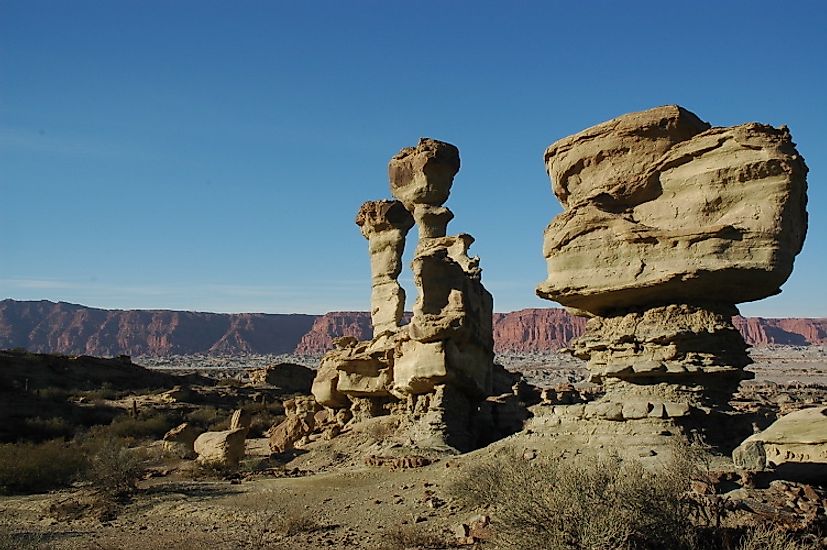
The Monte Desert is a small desert located in Argentina to the north of the Patagonian Desert and to the southeast of the Atacama Desert in Chile. Piedmont plains, volcanic sediments, massive mountain blocks, and salt lakes constitute the topological features of the Monte Desert. The Río Colorado and the Río Desaguadero, a tributary of the former, are the two main rivers of the region which form the principal source of water for irrigation of the wine crops in the area. The location of the Monte Desert in a rain-shadow region is responsible for the low rates of precipitation in the region. The Monte Desert has a relatively greater diversity of wildlife than the two surrounding deserts.
3. Sechura Desert
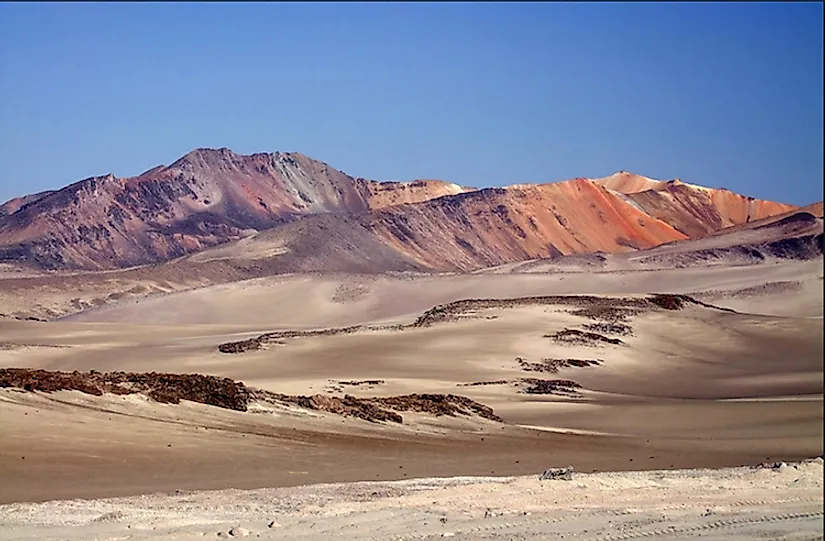
The Sechura Desert is located in Peru along the coast of the Pacific Ocean. The desert occupies a total area of 188,735 square km. Although classified as a desert due to the low volume of precipitation received annually, the Sechura Desert is subject to storms arising from the Pacific Ocean as well as flooding by rivers. The desert is regularly flooded during the El Niño years.
2. Atacama Desert
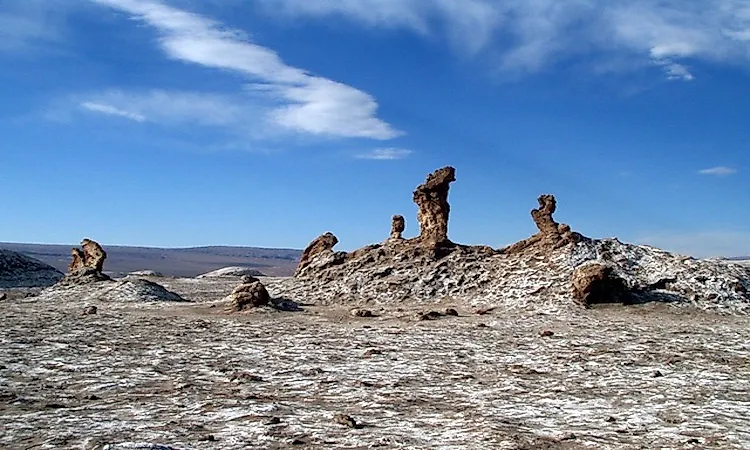
The Atacama Desert is one of the most notable deserts in South America occupying parts of Peru and Chile. It is an arid plateau, stretching along a length of 1,000 km on the coast of the Pacific Ocean located to the west of the Andes mountains. The desert occupies an area of about 105,000 square km. Large sections of the desert feature salt lakes, sand, felsic lava, and stony terrain. The Atacama Desert is known to be the world’s driest non-polar location. In the central sector of the desert, rainfall often does not occur for periods of up to four or five years. The species diversity of the Atacama Desert is highly restricted. Some parts of the desert are too dry to sustain any life form at all. Scorpions, desert butterflies, and wasps, the Atacama toad, lava lizards, iguanas, etc., are some of the Atacama Desert fauna. Birds visiting or residing in the desert include sparrows, hummingbirds, Andean flamingos, Humboldt penguins, etc. Seals and sea lions can be sighted along the coast.
1. Patagonian Desert
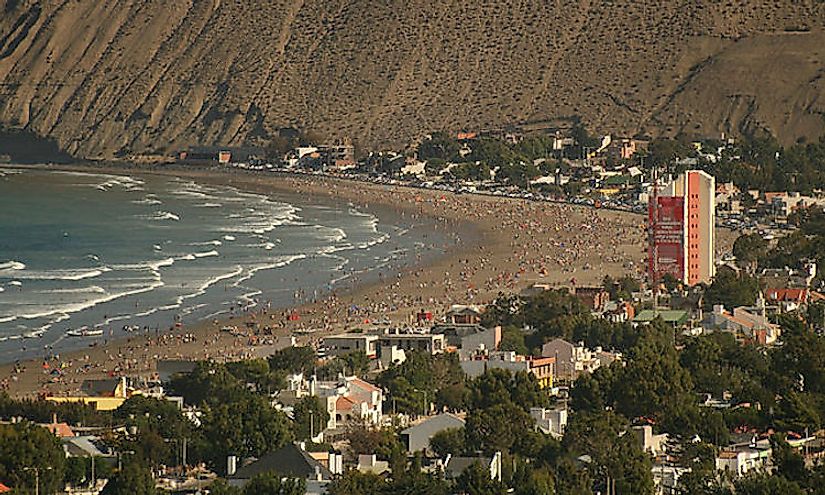
The Patagonian Desert is Argentina’s largest desert and the world’s fourth most extensive desert. The desert occupies an area of 673,000 square km. A small section of the desert is part of the Chilean territory. The desert is bounded by the Atlantic Ocean to the east and the Andes to the west. The landscape of the Patagonian Desert features alternating tablelands/massifs and canyons/valleys. In the western part of the steppe region of the desert, lakes of glacial origin dot the landscape. The notable fauna inhabiting the Patagonian Desert includes the lesser rhea, the Patagonian gray fox, western ribbon snake, the Patagonian weasel, guanaco, desert iguana, the burrowing owl, etc.











